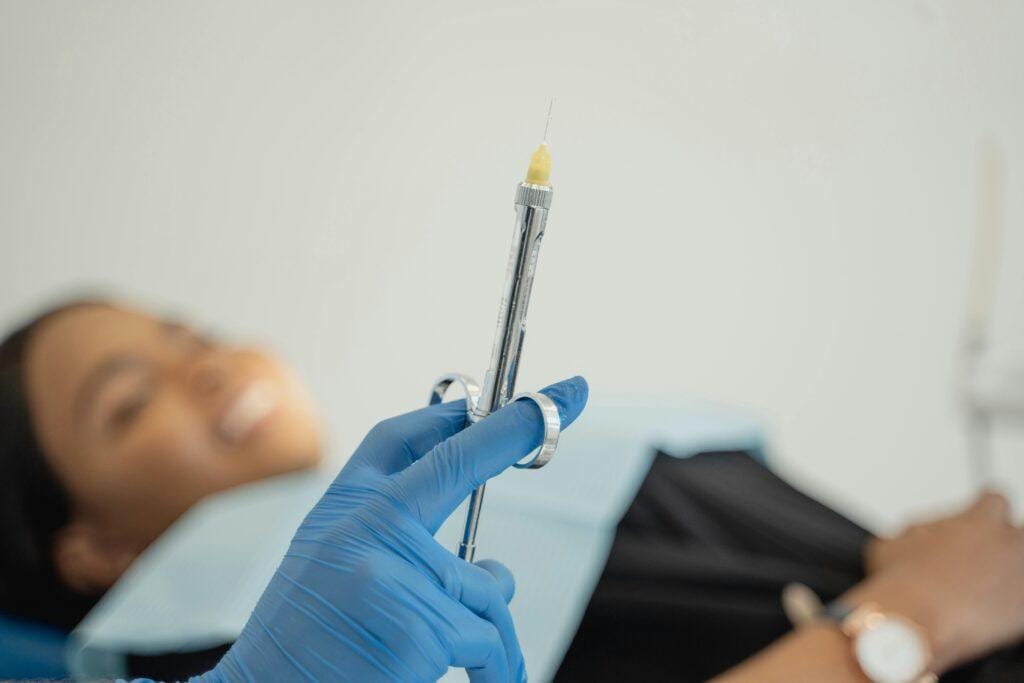Introduction to Regional Nerve Blockade
Regional nerve blockade is a highly effective and reliable method for providing anesthesia in emergency settings. It is particularly useful for procedures involving the hand and proximal femur, offering targeted pain relief while minimizing systemic side effects. This guide explores common techniques, including the ring block, metacarpal block, ulnar and median nerve blocks, and the fascia iliaca block.
Read more ortho topics: Orthopedics Surgery

Understanding Sensory Nerve Supply to the Hand
The hand receives its sensory innervation from three major nerves:
- Median nerve (radial palm and lateral three digits)
- Ulnar nerve (ring and little fingers)
- Radial nerve (dorsal aspect of the hand)
Each finger is supplied by four digital nerves—two palmar and two dorsal. The palmar digital nerves are larger and more critical, as they innervate the sensitive finger pulp.
Common Regional Nerve Blocks in Emergency Medicine
1. Ring Block (Digital Nerve Block)
A ring block provides complete anesthesia for an entire finger by targeting all four digital nerves.
Technique:
- Use 5 mL of 2% lidocaine (avoid epinephrine to prevent vasoconstriction).
- Insert the needle dorsally at the base of the finger, advancing just past the proximal phalanx.
- Aspirate to avoid intravascular injection, then slowly withdraw while infiltrating anesthetic.
- Repeat on the opposite side to create a circular anesthetic ring.
- Onset: ~10 minutes.
2. Metacarpal Block
For injuries near the knuckles, a metacarpal block targets the common digital nerves.
Technique:
- Administer 10 mL of 1% lidocaine between metacarpal necks.
- Insert the needle dorsally, advancing until the palmar skin tents.
- Slowly inject while withdrawing the needle.
- Note: Avoid superficial palmar arch injury by not injecting too proximally.
3. Ulnar Nerve Block
This block anesthetizes the ulnar side of the hand, including the ring and little fingers.
Technique:
- Locate the flexor carpi ulnaris tendon with the wrist flexed.
- Inject 3–4 mL of anesthetic behind the tendon (~10 mm deep).
- For the dorsal branch, inject 4 mL subcutaneously 2 cm distal to the ulnar styloid.
4. Median Nerve Block
Provides anesthesia for the radial palm and first three fingers.
Technique:
- Identify the flexor carpi radialis and palmaris longus tendons.
- Inject 3–5 mL of anesthetic 2.5 cm proximal to the wrist crease (~10 mm deep).
5. Fascia Iliaca Block
Ideal for hip and proximal femur injuries, reducing opioid needs in older patients.
Technique:
- Locate a point 1 cm below the lateral/middle third of the inguinal ligament.
- Insert the needle at 60°, feeling two distinct “pops” as it penetrates fascia layers.
- Administer 30 mL of 0.5% bupivacaine, aspirating every 5 mL.
Key Benefits of Regional Nerve Blocks
- Precision: Targets specific nerves, reducing systemic effects.
- Safety: Lower risk of complications compared to general anesthesia.
- Efficiency: Rapid onset (10–20 minutes) for emergency procedures.
For further reading, see:
Conclusion
Regional nerve blockade is a versatile, safe, and effective anesthesia method in emergency medicine. Mastering techniques like the ring block, metacarpal block, and fascia iliaca block enhances procedural comfort and patient outcomes. Always follow aseptic techniques and proper anatomical landmarks for optimal results.
By integrating these methods, healthcare providers can improve pain management while minimizing risks—making regional nerve blocks a cornerstone of emergency anesthesia.
